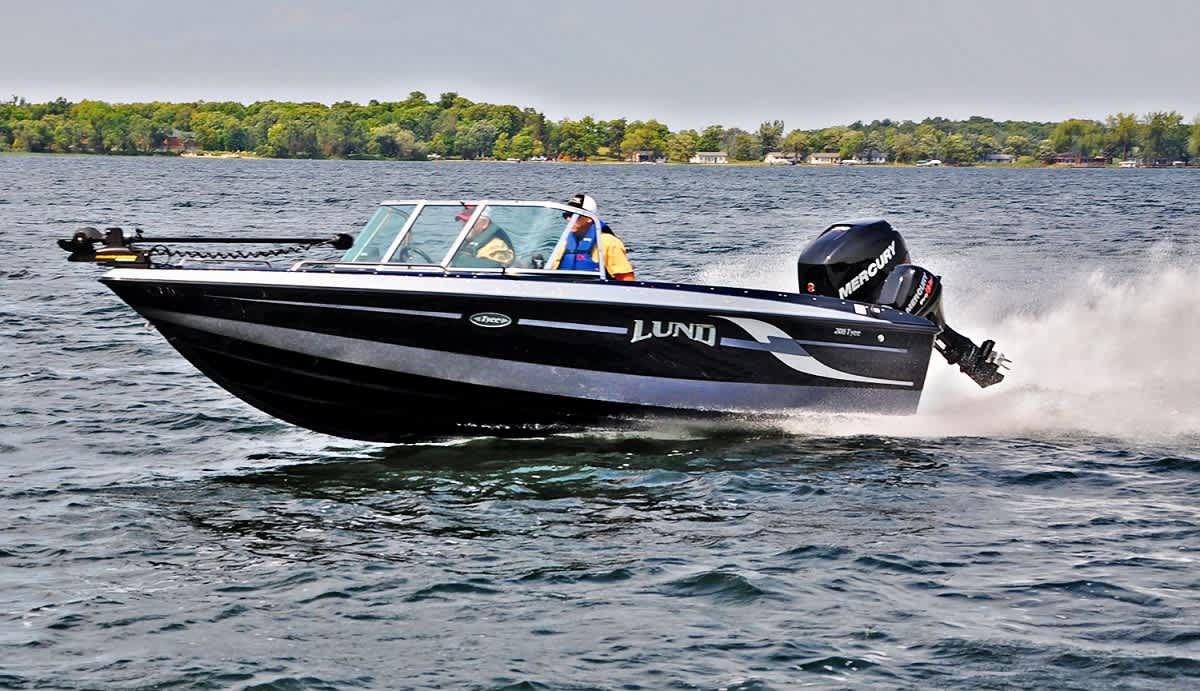A Good Time for Proper Walleye Fishing Preparation
Ted Takasaki 01.21.14

With cold weather locked in and spring seemingly far away, now is the best time to heed the Boy Scout motto, “Be Prepared.”
Try to avoid last-minute trouble with a little advanced planning. Take the time to check out your boat and your tackle. In addition, try spending a few hours reviewing maps and notes for places you plan on fishing this coming season. Set aside time on a few weekends for sport shows, where you’ll talk to resort owners and game and fish officers on the status of lakes you plan to head to next summer.
Da boat
There’s nothing more frustrating or embarrassing than getting stranded at the ramp on opening day. First, check your batteries. Electrical problems are the number-one cause behind an outboard that won’t start. Put a battery tester on them and make sure they are fully charged. Check battery terminal connections to make sure they’re tight and corrosion-free.
If you didn’t do it during winterizing, check your gear oil. Debris or metal grindings from the gear case can cause serious lower-unit damage if you don’t.
Check the propeller. Remove the prop to see if there’s fishing line wrapped on the inside that can break seals and allow water in the lower unit. Tighten prop nuts with a torque wrench. The right torque for your motor is listed in your operator’s manual. Apply lube to the prop shaft at regular intervals to protect the propeller hub from corrosion. A corroded shaft may seize up.
Use quality gasoline and check the levels on your motor oil if you’re running a two-stroke engine. Always carry extra oil onboard to get you back to the dock if your reserve runs dry. If you are running a four-stroke, change your oil during the winter months if you hadn’t already done so recently.
Make sure you have an emergency repair kit onboard. Have a set of jumper cables to connect your trolling battery to the starting battery. Carry your motor manual in a Ziploc bag, to refer to it when needed. In addition to a good selection of tools, your tool box should have a spark plug wrench and spare plugs, fuses, tie wraps, and electrical tape.
Keep spare props for your trolling motor and your big motor (with a wrench that will fit the propeller nut). Also carry pliers and a spare nut. You may want to keep a spare power trim relay, which is a small module that costs about $150 and plugs into the rear of the powerhead. It’s good insurance; if yours goes out with the motor in the up position, you’ll be glad you can make the repair fast.
Make sure that all mandatory safety gear and life jackets are onboard.
Tackle check
Now’s the time to check on your tackle if you haven’t opened the tackle boxes since you put them away last fall. Take inventory of what you have and make a list of what you need. Make sure you have a variety of jigheads in various colors/sizes and a few sinkers/bottom bouncers in different weights to cover the depths you are likely to fish.
Do you have plenty of livebait hooks, snells, floaters, beads and swivels? Replace rusted treble hooks hooks on crankbaits and sharpen the rest.
Check for nicks on rod guides with cotton swabs. Replace any that are showing wear, because they could cut your line—and if it’s going to happen, it’ll happen while you’re fighting a big fish. Change your line and oil reels.
Save time on the water. Rig up a few rods with presentations you’re likely to use to begin. Check your fishing licenses to be sure they’re current.
Take a look
Scouting begins before you reach the water. Get maps of the lake or river you plan to fish and apply what you know about early-season walleye movements and your own experience to locate spots you think might hold fish on opening day. Take into consideration that this spring’s high water may dirty rivers and spots near where they empty into lakes.
Make a game plan, but stay open-minded. Be willing to fine-tune the strategy when given new input. Share ideas with friends.
Try taking a boat ride as soon as the ice goes out. There’s a lot of water to cover on your own, so divide spots with your buddies. Run from location to location. Watch for baitfish or hooks on your sonar that may signal walleye. Make S-turns over points and bars to check a variety of depths.
Once fish are spotted, lower an underwater camera to identify the species. Record the waypoints of walleye schools on your GPS. Meet your friends at a restaurant or bait shop to compare notes. In just one afternoon, you’ve eliminated lots of unproductive water and saved precious time for fishing when opener comes.
Lastly, pick up a current copy of the state’s fishing regulations published by the Department of Natural Resources to update yourself on any rule changes on the body of water you plan to fish. For example, some slot limits may have changed.
Be prepared to have a great opening day by being prepared!

